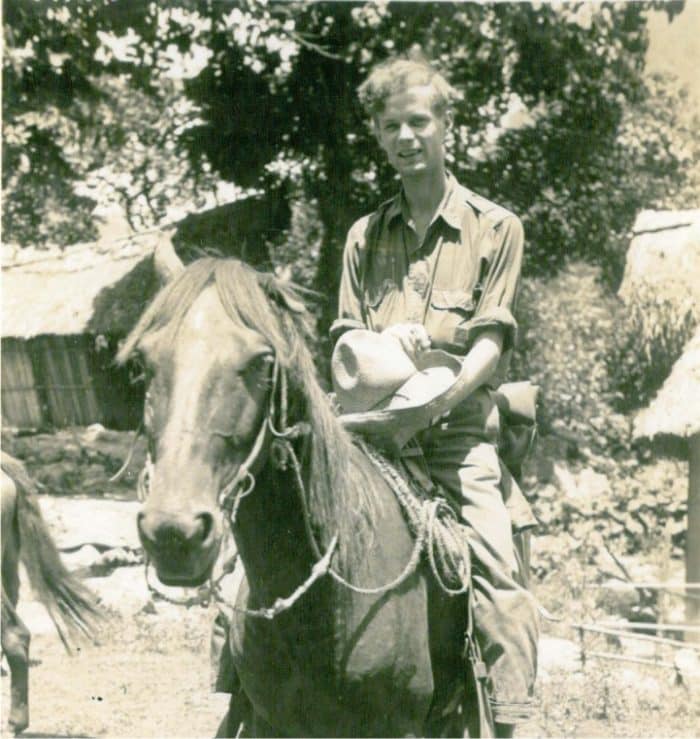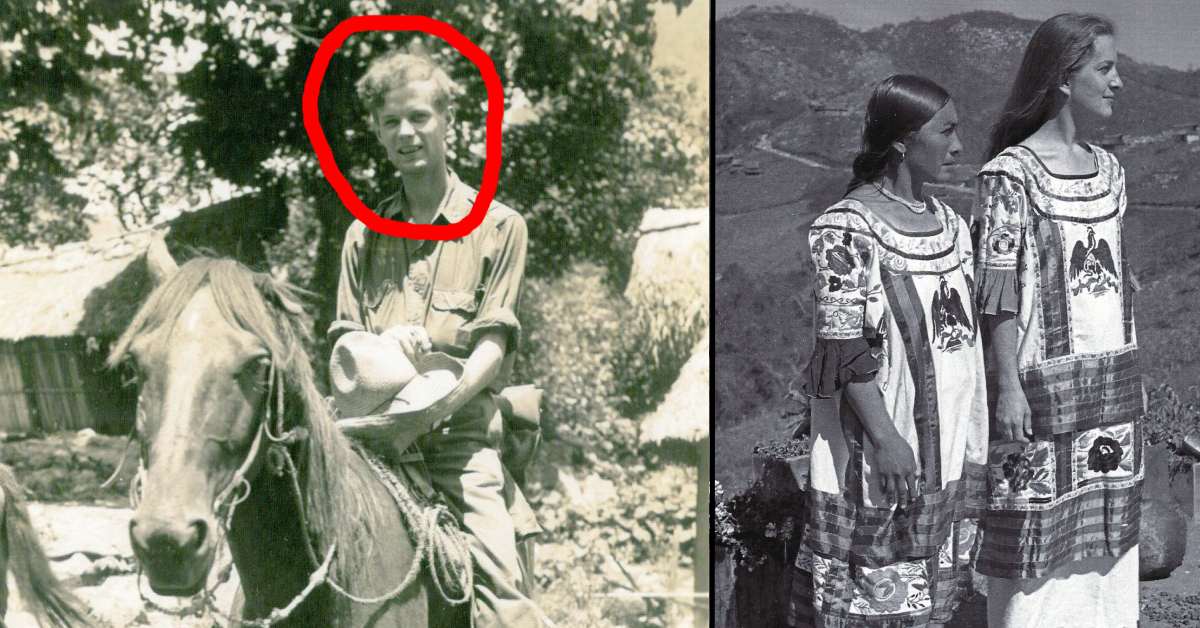Jean Bassett Johnson was an American anthropologist who made significant contributions to the field of linguistics during his short life. He was born on September 7, 1916, in Moscow, Idaho, and grew up with an interest in language and culture. After attending the San Diego Army and Navy Academy and the Students’ Home, Corning, he enrolled at the University of California, where he majored in anthropology, graduating in 1937.
Johnson’s undergraduate studies were diverse, as he sought to expand his knowledge beyond just anthropology. He was particularly interested in languages and even learned Arabic and Ancient Egyptian, among others. After graduating, Johnson embarked on fieldwork in Mexico, where he visited several indigenous communities, including the Mazatec in 1937, Yaqui in 1939-1940, Pima, Opata, and Varohio in 1940. His experiences in Mexico sparked his interest in Mexican Indian linguistics, which would become a major focus of his academic work.

Johnson went on to pursue graduate studies in anthropology at the University of California, Berkeley, with the intention of completing his doctoral degree. However, the outbreak of World War II diverted his attention. In 1942, he joined the United States Naval Reserve (Communications) and was stationed in New Caledonia, where he was responsible for intercepting Japanese radio transmissions. After additional training, he was transferred to North Africa, where he continued to work in communications.
Sadly, Johnson’s life was cut short on April 4, 1944, when he passed away in a car accident in Tunisia. He was only 27 years old at the time of his death. The news of his untimely passing was met with sadness by his colleagues and peers, who recognized his potential and mourned the loss of such a talented young scholar.
Despite his brief career, Johnson made significant contributions to the field of linguistics, particularly in the area of Mexican Indian languages. He had a remarkable ability to pick up languages with ease and a talent for writing, which would have undoubtedly made him a productive and insightful investigator in his chosen field. Johnson’s fieldwork in Mexico also led him to make an important observation: during his travels, he encountered a plant known to the indigenous Mazatec people as “hierba Maria,” which we now know as Salvia divinorum. Johnson was the first Westerner to observe the use of this plant and wrote about it in his notes on the Mazatec, which were published in 1939.
When did Jean first observe the use of salvia divinorum?
According to the account provided in his 1939 article “Some notes on the Mazatec” Jean Bassett Johnson was the first Westerner to observe the use of hierba Maria, which we now know as salvia divinorum.
During his fieldwork in Mexico in 1937, Johnson visited the Mazatec people in the state of Oaxaca. While he was there, he learned about a plant that they referred to as hierba Maria, or “Mary’s herb.” The Mazatec used this plant in their religious rituals, and Johnson was intrigued by the descriptions he heard of its effects.
One day, Johnson was invited to observe a ceremony in which hierba Maria would be used. He agreed, and accompanied a group of Mazatec people to a remote location in the mountains. There, he watched as they prepared a mixture of crushed leaves and water, which they then placed on a stone altar.
The Mazatec people prayed and made offerings to the plant, before inhaling the vapors produced by heating the mixture over a charcoal fire. Johnson observed that the effects of the plant were powerful, causing the Mazatec to enter a trance-like state and experience vivid hallucinations.
Johnson was fascinated by what he had witnessed, and wrote about it in his article. He noted that the Mazatec believed that the plant had the power to cure illnesses, provide spiritual insight, and connect them with their ancestors. He also speculated that the plant might have potential for use in psychological research, given its powerful effects on the mind.
Johnson’s observations of hierba Maria were groundbreaking at the time, as very little was known about the plant outside of the Mazatec community. Today, we know that salvia divinorum contains powerful psychoactive compounds that can induce intense visionary experiences. Its use continues among some indigenous communities in Mexico, and it has also gained popularity among recreational drug users in some parts of the world.



